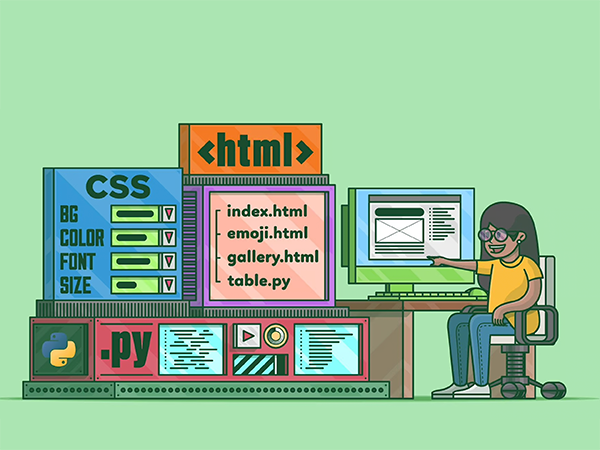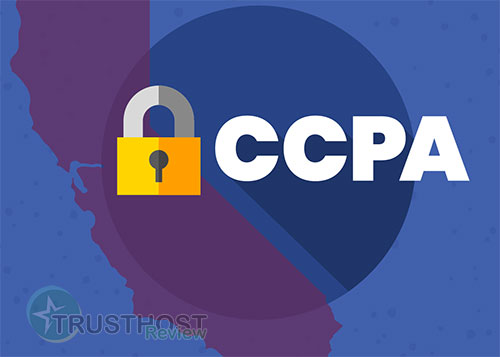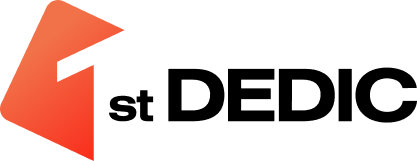Understanding PHP: A Beginner's Guide to Server-Side Scripting
What is PHP?
PHP, which stands for Hypertext Preprocessor, is a widely-used open-source server-side scripting language specifically designed for web development. Unlike client-side languages like HTML, CSS, or JavaScript that execute in a user's web browser, PHP code is executed on the server before being sent to the user's browser.
How PHP Works
1. Request A user's browser sends a request to a web server for a specific page.
2. PHP Processing If the requested page includes PHP code, the server's PHP interpreter executes the code. This code can perform tasks like:
- Fetching data from databases
- Processing user input from forms
- Dynamically generating HTML content
3. Response: The PHP interpreter generates HTML output based on the processed code.
4. Display: The server sends this generated HTML back to the user's browser, which displays the final webpage.
Why Use PHP?
- Open-Source and Free: PHP is free to use, distribute, and modify, making it a cost-effective choice.
- Large Community & Support: PHP boasts a vast and active community of developers, providing ample resources, tutorials, and support.
- Database Integration: It seamlessly connects with various databases like MySQL, PostgreSQL, and MongoDB, making it suitable for dynamic and data-driven websites.
- Easy to Learn: PHP has a relatively simple syntax that's easy for beginners to grasp, especially those familiar with C-style languages.
















